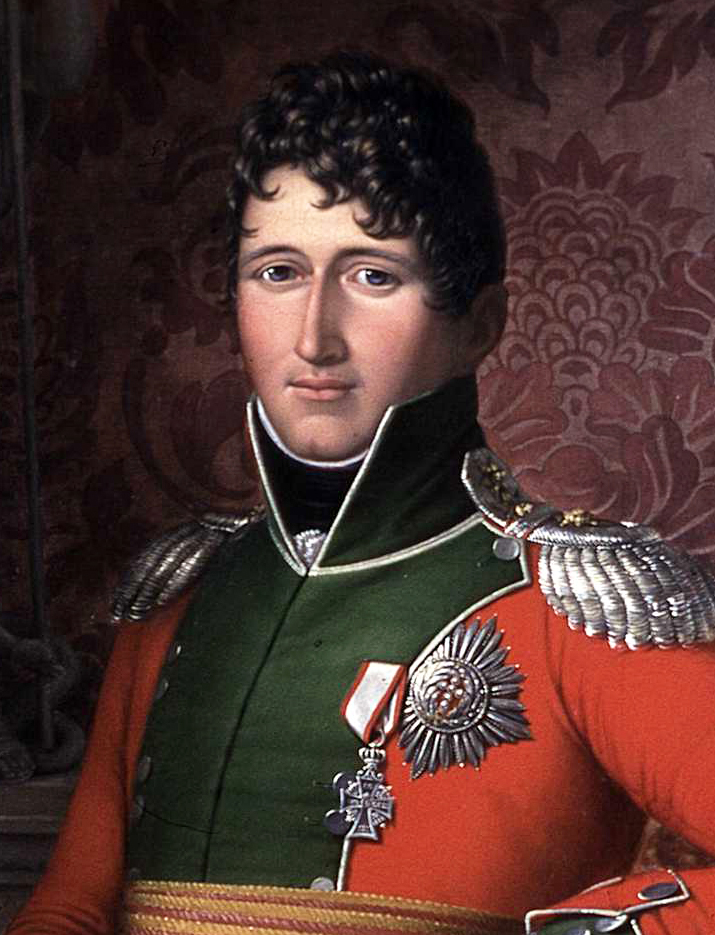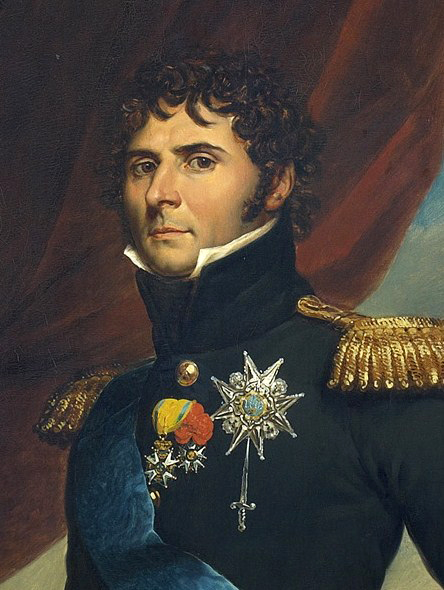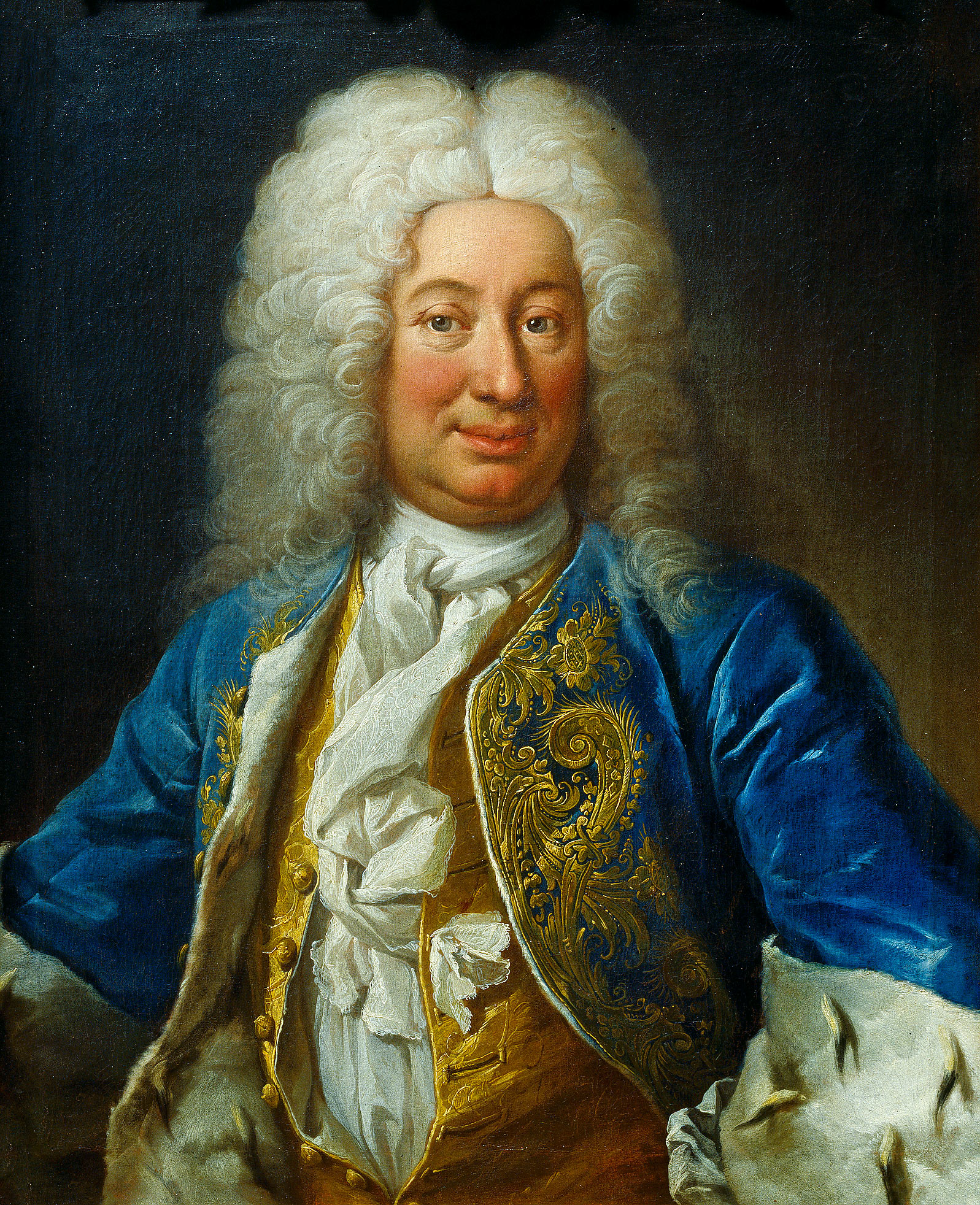|
Political Unions Involving Sweden
Sweden has for political and dynastic reasons been in union with other kingdoms and princely states, ostensibly personal unions. Norway (I) and Sk├ąneland In 1319 the infant Magnus Eriksson was crowned as king of both Sweden and Norway. In 1332 when the King of Denmark Christopher II died as a "king without a country" after he had pawned Denmark piece by piece, King Magnus took advantage of his neighbour's distress, redeeming the pawn for the eastern Danish provinces for a huge amount of silver, and thus also became king of Sk├ąneland. The union of these three countries lasted until 1343 when Magnus preemptively let his son Haakon, succeed him to the Norwegian throne, though he would still rule as regent during his son's minority, which ended in 1355, when Haakon came of age. In 1360 the Danish king Valdemar Atterdag reconquered Sk├ąneland. Kalmar Union In 1397 the three Scandinavian kingdoms of Sweden, Norway and Denmark were united in the Kalmar Union, a personal union agree ... [...More Info...] [...Related Items...] OR: [Wikipedia] [Google] [Baidu] |
Sweden
Sweden, formally the Kingdom of Sweden,The United Nations Group of Experts on Geographical Names states that the country's formal name is the Kingdom of SwedenUNGEGN World Geographical Names, Sweden./ref> is a Nordic country located on the Scandinavian Peninsula in Northern Europe. It borders Norway to the west and north, Finland to the east, and is connected to Denmark in the southwest by a bridgetunnel across the ├ľresund. At , Sweden is the largest Nordic country, the third-largest country in the European Union, and the fifth-largest country in Europe. The capital and largest city is Stockholm. Sweden has a total population of 10.5 million, and a low population density of , with around 87% of Swedes residing in urban areas in the central and southern half of the country. Sweden has a nature dominated by forests and a large amount of lakes, including some of the largest in Europe. Many long rivers run from the Scandes range through the landscape, primarily ... [...More Info...] [...Related Items...] OR: [Wikipedia] [Google] [Baidu] |
Roman Catholic
Roman or Romans most often refers to: *Rome, the capital city of Italy *Ancient Rome, Roman civilization from 8th century BC to 5th century AD *Roman people, the people of ancient Rome *'' Epistle to the Romans'', shortened to ''Romans'', a letter in the New Testament of the Christian Bible Roman or Romans may also refer to: Arts and entertainment Music * Romans (band), a Japanese pop group * ''Roman'' (album), by Sound Horizon, 2006 * ''Roman'' (EP), by Teen Top, 2011 *" Roman (My Dear Boy)", a 2004 single by Morning Musume Film and television * Film Roman, an American animation studio * ''Roman'' (film), a 2006 American suspense-horror film * ''Romans'' (2013 film), an Indian Malayalam comedy film * ''Romans'' (2017 film), a British drama film * ''The Romans'' (''Doctor Who''), a serial in British TV series People *Roman (given name), a given name, including a list of people and fictional characters *Roman (surname), including a list of people named Roman or Romans *ß┐Ȥë╬╝╬ ... [...More Info...] [...Related Items...] OR: [Wikipedia] [Google] [Baidu] |
Norway In 1814
In 1814, the Kingdom of Norway made a brief and ultimately unsuccessful attempt to regain its independence. While Norway had always legally been a separate kingdom, since the 16th century it had shared a monarch with Denmark; Norway was a subordinate partner in the combined state, whose government was based in Copenhagen. Due to its alliance with France during the Napoleonic Wars, Denmark was forced to sign the Treaty of Kiel in January 1814 ceding Norway to Sweden. However, many Norwegians were inspired by the rising tide of nationalism and resented being handed over without their consent to Sweden, a state they viewed as a traditional rival. Under the leadership of Christian Frederick, who was the Danish government's representative in Norway and also the king of Denmark's cousin and heir presumptive, Norway attempted to assert its rights as an independent state. A government was established and a constitution written, under which Christian Frederick was elected king of Norwa ... [...More Info...] [...Related Items...] OR: [Wikipedia] [Google] [Baidu] |
Treaty Of Kiel
The Treaty of Kiel ( da, Kieltraktaten) or Peace of Kiel (Swedish and no, Kielfreden or ') was concluded between the United Kingdom of Great Britain and Ireland and the Kingdom of Sweden on one side and the Kingdoms of Denmark and Norway on the other side on 14 January 1814 in Kiel.Sch├Ąfer (2002), p. 137 It ended the hostilities between the parties in the ongoing Napoleonic Wars, where the United Kingdom and Sweden were part of the anti-French camp (the Sixth Coalition) while DenmarkÔÇôNorway was allied to France. Frederick VI of Denmark joined the anti-French alliance, ceded Heligoland to George III of the United Kingdom, and further ceded the Kingdom of Norway to Charles XIII of Sweden in return for Swedish Pomerania. Specifically excluded from the exchange were the Norwegian dependencies of Greenland, Iceland and the Faroe Islands, which remained in the union with Denmark. (Norway would unsuccessfully contest the Danish claim to all of Greenland in the Eastern Greenland Case ... [...More Info...] [...Related Items...] OR: [Wikipedia] [Google] [Baidu] |
Landgraviate Of Hesse-Kassel
The Landgraviate of Hesse-Kassel (german: Landgrafschaft Hessen-Kassel), spelled Hesse-Cassel during its entire existence, was a state in the Holy Roman Empire that was directly subject to the Emperor. The state was created in 1567 when the Landgraviate of Hesse was divided upon the death of Philip I, Landgrave of Hesse. His eldest son William IV inherited the northern half of the Landgraviate and the capital of Kassel. The other sons received the Landgraviate of Hesse-Marburg, the Landgraviate of Hesse-Rheinfels and the Landgraviate of Hesse-Darmstadt. During the Napoleonic reorganisation of the Empire in 1803, the Landgrave of Hesse-Kassel was elevated to an Electorate and Landgrave William IX became an Imperial Elector. Many members of the Hesse-Kassel House served in the Danish military gaining high ranks and power in the Oldenburg realm due to the fact that many Landgraves were married to Danish princesses. Members of the family who are known to have served Denmark-Norwa ... [...More Info...] [...Related Items...] OR: [Wikipedia] [Google] [Baidu] |
Frederick I Of Sweden
Frederick I ( sv, Fredrik I; 28 April 1676 ÔÇô 5 April 1751) was prince consort of Sweden from 1718 to 1720, and King of Sweden from 1720 until his death and (as ''Frederick I'') also Landgrave of Hesse-Kassel from 1730. He ascended the throne following the death of his brother-in-law absolutist Charles XII in the Great Northern War, and the abdication of his wife, Charles's sister and successor Ulrika Eleonora, after she had to relinquish most powers to the Riksdag of the Estates and thus chose to abdicate. His powerless reign and lack of legitimate heirs of his own saw his family's elimination from the line of succession after the parliamentary government dominated by pro-revanchist Hat Party politicians ventured into a war with Russia, which ended in defeat and the Russian tsarina Elizabeth getting Adolf Frederick of Holstein-Gottorp instated following the death of the king. He is known as Frederick I despite being the only Swedish king of that name. Youth He was the son of ... [...More Info...] [...Related Items...] OR: [Wikipedia] [Google] [Baidu] |
Germany
Germany,, officially the Federal Republic of Germany, is a country in Central Europe. It is the second most populous country in Europe after Russia, and the most populous member state of the European Union. Germany is situated between the Baltic and North seas to the north, and the Alps to the south; it covers an area of , with a population of almost 84 million within its 16 constituent states. Germany borders Denmark to the north, Poland and the Czech Republic to the east, Austria and Switzerland to the south, and France, Luxembourg, Belgium, and the Netherlands to the west. The nation's capital and most populous city is Berlin and its financial centre is Frankfurt; the largest urban area is the Ruhr. Various Germanic tribes have inhabited the northern parts of modern Germany since classical antiquity. A region named Germania was documented before AD 100. In 962, the Kingdom of Germany formed the bulk of the Holy Roman Empire. During the 16th ce ... [...More Info...] [...Related Items...] OR: [Wikipedia] [Google] [Baidu] |
Ulrike Eleonora Of Sweden
Ulrika Eleonora or Ulrica Eleanor (23 January 1688 ÔÇô 24 November 1741), known as Ulrika Eleonora the Younger, was Queen of Sweden, reigning in her own right from 5 December 1718 until her abdication on 29 February 1720 in favour of her husband King Frederick, and then as his consort until her death. She was the youngest child of King Charles XI and Ulrika Eleonora of Denmark and named after her mother. After the death of her brother King Charles XII in 1718, she claimed the throne. Her deceased older sister, Hedvig Sophia, had left a son, Charles Frederick of Holstein-Gottorp, who had the better claim by primogeniture. Ulrika Eleonora asserted that she was the ''closest'' surviving relative of the late king (the idea of proximity of blood) and cited the precedent of Queen Christina. She was recognized as successor by the Riksdag after she had agreed to renounce the powers of absolute monarchy established by her father. She abdicated in 1720 in favor of her husband, Landgra ... [...More Info...] [...Related Items...] OR: [Wikipedia] [Google] [Baidu] |
Charles XII Of Sweden
Charles XII, sometimes Carl XII ( sv, Karl XII) or Carolus Rex (17 June 1682 ÔÇô 30 November 1718 O.S.), was King of Sweden (including current Finland) from 1697 to 1718. He belonged to the House of Palatinate-Zweibr├╝cken, a branch line of the House of Wittelsbach. Charles was the only surviving son of Charles XI and Ulrika Eleonora the Elder. He assumed power, after a seven-month caretaker government, at the age of fifteen. In 1700, a triple alliance of DenmarkÔÇôNorway, SaxonyÔÇô PolandÔÇôLithuania and Russia launched a threefold attack on the Swedish protectorate of Holstein-Gottorp and provinces of Livonia and Ingria, aiming to draw advantage as the Swedish Empire was unaligned and ruled by a young and inexperienced king, thus initiating the Great Northern War. Leading the Swedish army against the alliance, Charles won multiple victories despite being usually significantly outnumbered. A major victory over a Russian army some three times the size in 1700, at the Ba ... [...More Info...] [...Related Items...] OR: [Wikipedia] [Google] [Baidu] |
Charles XI Of Sweden
Charles XI or Carl ( sv, Karl XI; ) was King of Sweden from 1660 until his death, in a period of Swedish history known as the Swedish Empire (1611ÔÇô1721). He was the only son of King Charles X Gustav of Sweden and Hedwig Eleonora of Holstein-Gottorp. His father died when he was four years old, so Charles was educated by his governors until his coronation at the age of seventeen. Soon afterward, he was forced out on military expeditions to secure the recently acquired dominions from Danish troops in the Scanian War. Having successfully fought off the Danes, he returned to Stockholm and engaged in correcting the country's neglected political, financial, and economic situation. He managed to sustain peace during the remaining 20 years of his reign. Changes in finance, commerce, national maritime and land armaments, judicial procedure, church government, and education emerged during this period. Charles XI was succeeded by his only son Charles XII, who made use of the well-tra ... [...More Info...] [...Related Items...] OR: [Wikipedia] [Google] [Baidu] |
Palatine Zweibr├╝cken
Palatine Zweibr├╝cken (), or the County Palatine of Zweibr├╝cken, is a former state of the Holy Roman Empire. Its capital was Zweibr├╝cken (french: Deux-Ponts). Its reigning house, a branch of the Wittelsbach dynasty, was also the Royal House of Sweden from 1654 to 1720. Overview Palatine Zweibr├╝cken was established as a separate principality in 1444, when Stephen, Count Palatine of Simmern-Zweibr├╝cken divided his territory, Palatinate-Simmern and Zweibr├╝cken, between his two sons. The younger son, Louis I, received the County of Zweibr├╝cken and the County of Veldenz. Palatine Zweibr├╝cken ceased to exist in 1797 when it was annexed by France. After the Congress of Vienna in 1815, some parts of it were returned to the last Duke, King Maximilian I Joseph of Bavaria, who joined them with other former territories on the left bank of the Rhine to form the ''Rheinkreis'', later the Rhenish Palatinate. Origins The principality was conceived in 1444 and realized in 1453 by a pa ... [...More Info...] [...Related Items...] OR: [Wikipedia] [Google] [Baidu] |
Charles X Of Sweden
Charles X Gustav, also Carl Gustav ( sv, Karl X Gustav; 8 November 1622 ÔÇô 13 February 1660), was King of Sweden from 1654 until his death. He was the son of John Casimir, Count Palatine of Zweibr├╝cken-Kleeburg and Catherine of Sweden. After his father's death he also succeeded him as Pfalzgraf. He was married to Hedwig Eleonora of Holstein-Gottorp, who bore his son and successor, Charles XI. Charles X Gustav was the second Wittelsbach king of Sweden after the childless king Christopher of Bavaria (1441ÔÇô1448) and he was the first king of the Swedish ''Caroline era'', which had its peak during the end of the reign of his son, Charles XI. He led Sweden during the Second Northern War, enlarging the Swedish Empire. By his predecessor Christina, he was considered ''de facto'' Duke of Eyland (├ľland), before ascending to the Swedish throne. His numbering as ''Charles X'' derives from a 16th-century invention. The Swedish king Charles IX (1604ÔÇô1611) chose his numeral after s ... [...More Info...] [...Related Items...] OR: [Wikipedia] [Google] [Baidu] |



_-_Drottning_Ulrika_Eleonora_dy.jpg)

_en2.png)
